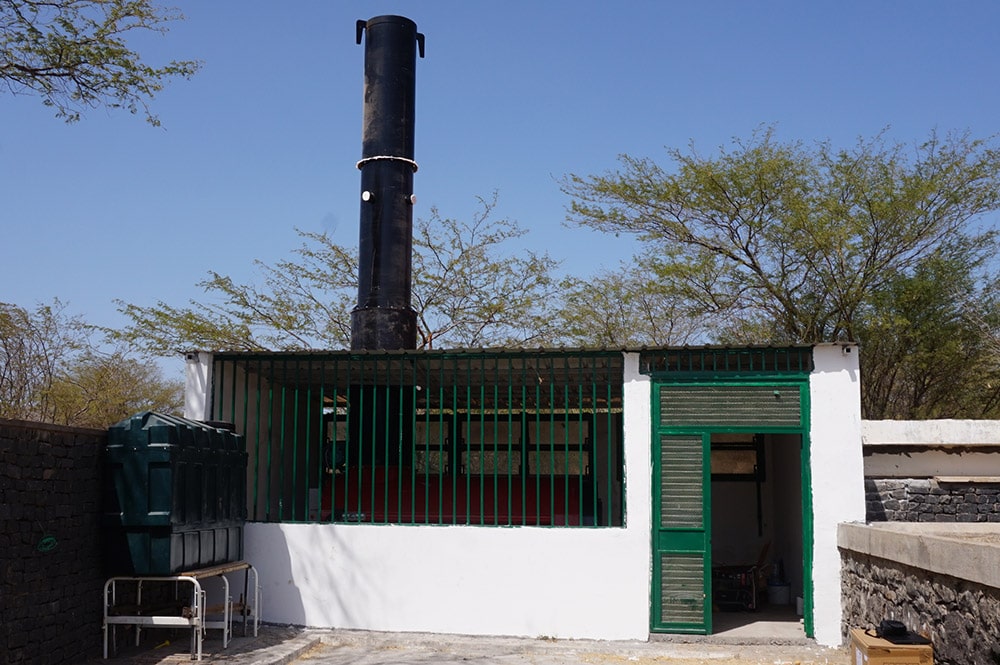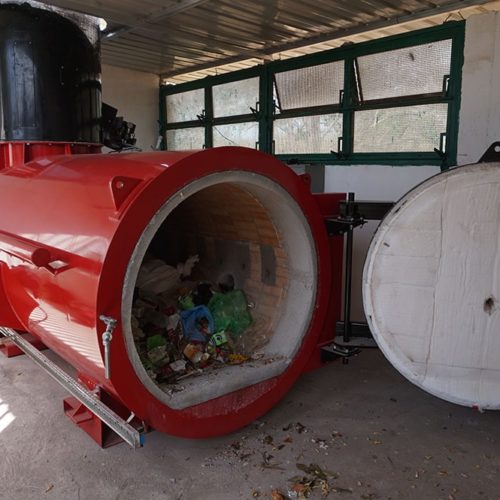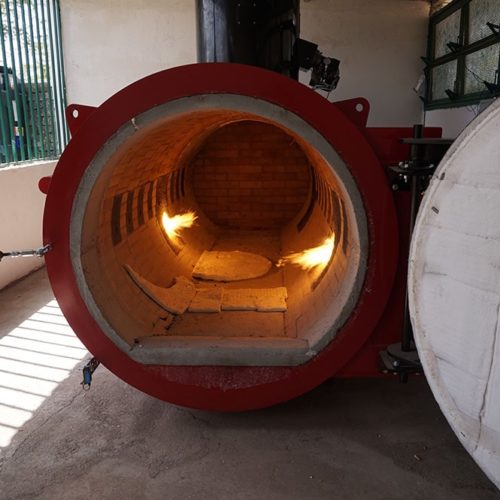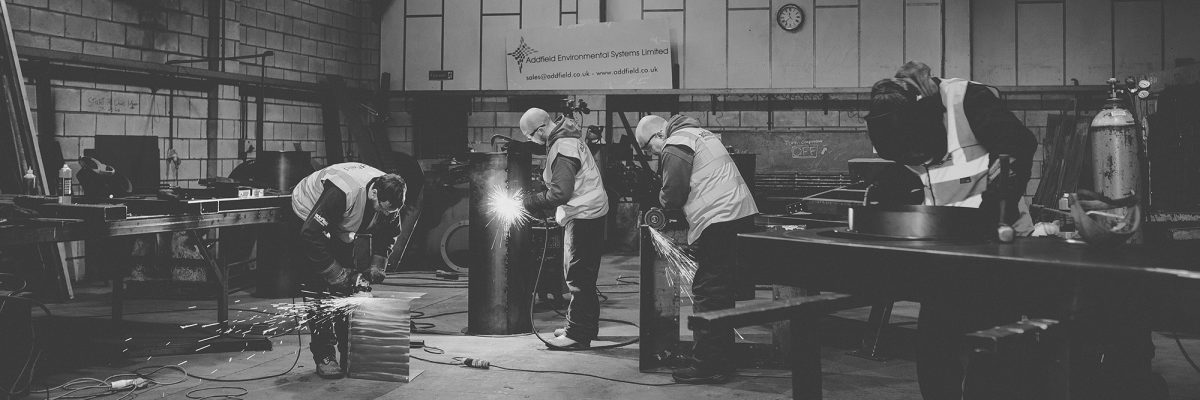
Located a few hundred miles due west from Dakar, and within the remote central region of the Atlantic Ocean lies the Republic of Cabo Verde. Consisting of 10 volcanic islands of varying sizes and a combined landmass of just over 4000 square kilometres across all islands. The permanent home to a growing residential population of more than 500,000 and bolstered by a strong tourism industry increasing the numbers dramatically during peak season.
Behind the idyllic surroundings lies a very real environmental problem that needed to be addressed. In 2015 we were approached by Future Vida to support them in developing two medical waste disposal facilities for installation on the two largest islands of Cape Verde. Intended to be able to securely dispose of all hazardous medical and clinical waste generated across the multiple clinics and health centres from across the islands. Helping to improve the environmental impact that their outdated approaches were causing.
The important element in selecting the right machine was its flexibility in handling a wide range of waste effectively whilst being able to dispose of varying levels of waste with similar efficiency. As it was expected the although these would be in constant operation all year round there would be seasons that would see demand increase. As such the solution would need to be fuel-efficient, able to be reloaded multiple times during operation and able to operate effectively for prolonged periods of time. As such the C100 clincal incinerator was chosen to be the most suitable machine.
The two installations were completed by a team of engineers comprising members from our own head office in the UK alongside our more localised engineers based within central Africa and finally several from across the islands who would be taught the essentials. Travelling between the two sites to install, commission and most importantly train future operators in the daily operation of the machines as well as maintenance and annual servicing to ensure that despite their remoteness that they will be able to keep their medical incinerator in a state of constant operational excellence.
The C100 is an ideal choice for these types of projects as they are able to be easily loaded through the large front-loading door before and during operation. This allows for increased throughput of waste from each cycle essential during busy times. Designed to dispose of up to 100 kilograms an hour of mixed medical and pharmaceutical waste and also securely sterilising all metals or glasses, such as syringes and vials which may be mixed in with the waste. Leaving final remaining ash with a volume of only 3% of what was loaded, enabling safe disposal of remnants. Whilst any solid metals and glasses can be moved for safe disposal through recycling, safe from the risks of cross-contamination.

Prior to the installation of these machines, the medical waste had been disposed of along several paths including, landfill, exporting and occasional open burning depending upon the original source and location of the waste generated. A far from an ideal solution which, increased the risk of medical waste ending up in the ocean of common grounds.
These two machines are proving to be an essential solution to such a busy island allowing them finally to take full control of all hazardous waste generated protecting the islands fragile ecosystem as well as the residents from the dangers of insecure medical waste disposal.
Another fantastic example of Addfield working with external organisations to develop and provide essential options to protect.






